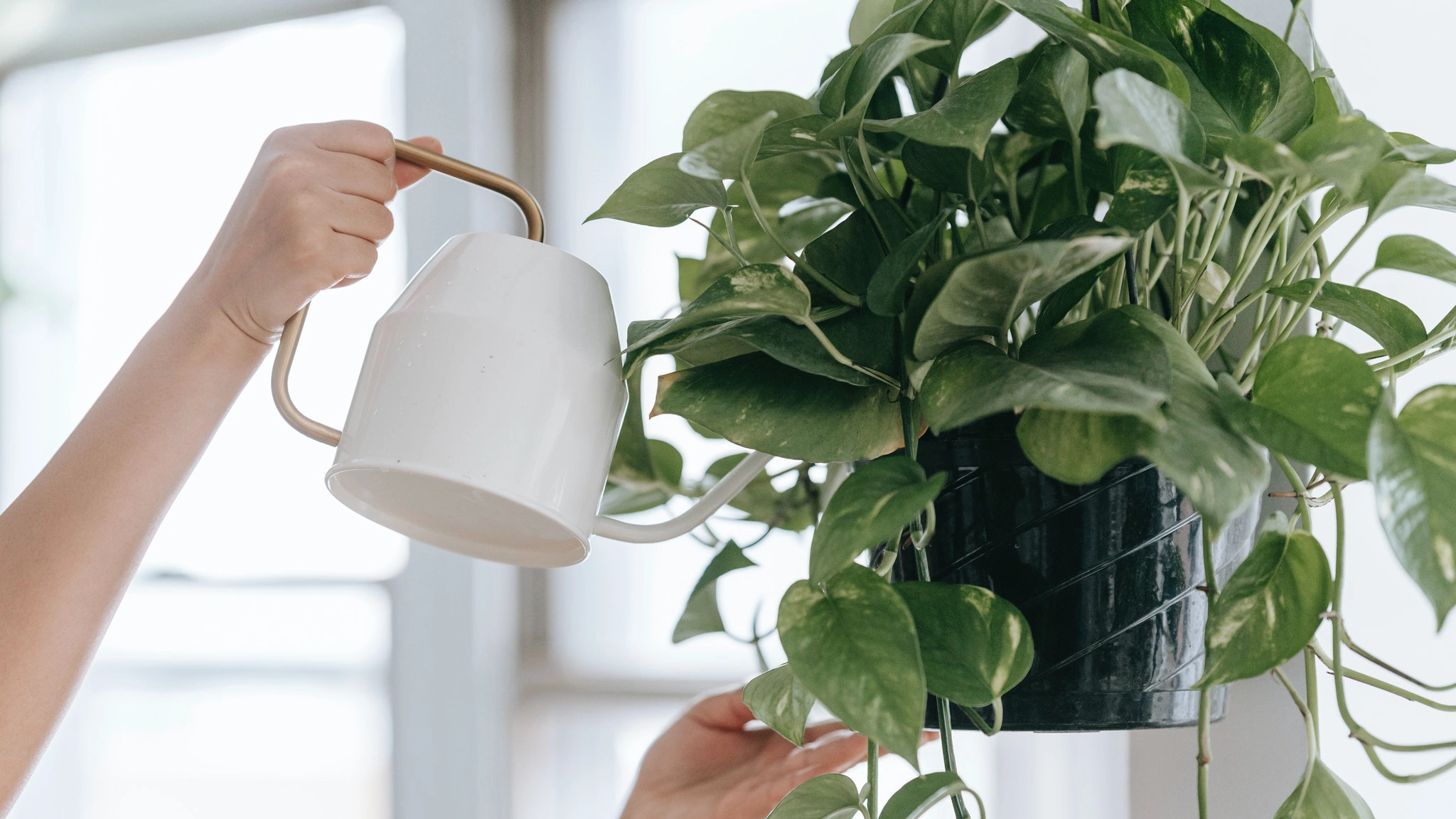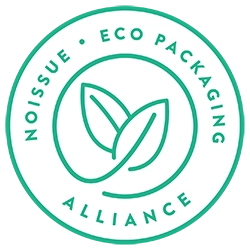Houseplants are bad the environment: Here’s how

Here’s a question for you, reader – is having lots of houseplants an effective way to become more environmentally friendly? We are Flewid Friendly, an environmentally conscious brand that sells edible straws. If you’re planning to buy sugar straws, we recommend giving our straws a look first, because they contain fewer calories and are generally a lot better for you!
We’ve come across numerous articles that answer our question in a resounding ‘yes’, so there are clearly a lot of people who believe this is true. In fact, we may have been guilty of saying it too. However, the fact is that having houseplants is simply not a good way to become eco-friendly. Houseplants and other indoor plants will add a lot to your interiors, sure, but they won’t make your household greener.
The Oxygen output of houseplants is negligible – and may in fact be negative. There are other, way more effective ways to go green that don’t entail purchasing a living, breathing organism and subjecting it to a life of neglect.
In this blog, we will talk about why houseplants are bad for the environment. There is a big, big reason why, and the shocking thing is that most people are completely unaware of it!
Houseplants may have a negative environmental impact
Most houseplants are lovely and vibrant, and if taken care of, they’ll filter the air in your home, and bring a pop of color to the space. However, when we look under the plant, we see what the problem is – the growing medium. Peat is a fluffy, moisture retaining growing medium that’s used for most houseplants, and it is not a renewable resource.
Okay, allow us to clarify – peat isn’t entirely non-renewable. It does regenerate at the rate of about 1 mm per year. However, the demand way outstrips the supply, so to speak, so it’s safe to say that it’s darn near non-renewable.
Peat is a wonderful material with a variety of uses. Found in peat bogs, it can be used as an alternative to firewood for domestic heating and cooking purposes, it softens water, helps plants grow, aids in the reproductive health of fish, and acts as a carbon store. According to certain sources, our peat bogs hold more carbon than the forests of Britain, France and Germany combined!
And here’s the biggest factor yet: peat is found in peatlands, which harbor a variety of life forms. From incredible, rare species of plants, bugs and birds to animals that feed on them – peat bogs are a treasure trove of wildlife. So when this precious ecosystem is disrupted by the process of peat mining, these beautiful species are lost. Species extinction is a subject we should all care about, as it doesn’t just affect our environment, it also removes a beautiful, priceless thing which brought us joy.
Natural resource depletion (thank coal and petroleum) is generally an issue of concern, but in their case the issue at hand is that once we run out of those resources, we won’t have them even for the industries that cannot exist without them. In the case of peat, resource depletion may be a smaller issue than species extinction.
Flewid Friendly’s edible straws are an excellent alternative to carb-laden sugar straws. Check them out here!
Other issues with keeping houseplants
Assuming you buy a houseplant that doesn’t come in peat, is there still an issue? Your plant may not be depleting our store of a finite resource, but there are pest and disease issues, houseplants can add CO2 to your home, they can be toxic to pets, leakage from the pots can be a hazard (and can ruin your floors), and caring for them requires time, which may not be feasible for you.
In addition, if you’re getting a plant to add some cheer to your home and help with mental health issues, it could have the opposite effect if the plant fails to thrive.
One more issue with purchasing houseplants comes into play if you buy them online. If you’re getting a houseplant through a local store, neighbor or plant exchange, that’s completely alright. However, if you’re looking for something specific, or prefer to buy online for convenience’s sake, you’re adding to the plant’s carbon footprint by an enormous amount. The packaging and shipping involved in the process of getting the plant to you (even if it’s just from the neighboring city) makes the plant not very eco-friendly.
So, remember to buy local whenever possible. Of course, sometimes you need to buy things online when you can’t find them locally – sugar straws may be a good example. However, in the case of houseplants, you should be able to find them at your local garden center or plant store. Besides, a species that is used to your local climate will do much better than a plant you bring in from the other side of the country!
Should you avoid getting houseplants?
If your goal was to become more eco-friendly, then yes. You’ll be adding a responsibility, and you won’t be getting closer to your actual goal. Instead, try minimizing your water and energy usage, avoiding plastic, switching to reusables, and helping wildlife. For more tips on how to go green, follow our blog – you’ll also learn about eco-friendly straws, such as sugar straws!
However, if you actually want a houseplant, you can certainly get one! As long as it isn’t grown in peat and you’re willing to take good care of it, there’s no problem at all. In fact, if you get a low maintenance plant (like a succulent or cactus), it’ll thrive on neglect so you just need a peat-free growing medium.
You can try taking cuttings from your own plants, or from a friend. Root them in potting mix, or put them in water. Once the cutting takes root, transfer it to a nice little container pre-filled with potting soil. You now have a beautiful new houseplant with zero peat. Other options include growing a plant from seed or bulb (amaryllis and tulip are great options), growing a plant in water, or buying it from a nursery or store that doesn’t use peat.
Plants are living things that deserve love and attention, so make sure those aren’t in short supply. Do some research about what the plant likes, and make sure it has a spot in the house which ticks all the right boxes. Sufficient sunlight and air circulation, regular watering and fertilizing, pruning, deadheading, and pest and disease control. It sounds like a lot, but you’ll probably have to spend just ten minutes twice a week as long as you stay on top of things.
Best alternatives to peat
If you run a search for growing media, you’ll find there’s one for just about every type of plant. You can use a plant-specific medium for best results, but you don’t have to. Good old generic potting mix or cactus mix is good enough for most plants. You can also use some compost – whether commercial, or homemade. Depending on what the compost was made from it may or may not be perfect, but nine times out of ten plants will be happy enough in it.
If you want to try something new, try growing a plant in water! You can grow plants such as pothos and wandering jew in water that’s changed every week or so. As long as they get enough light, regular trimming and fertilizer, they’ll be perfectly happy.
Tired of potting mixes and want something that’s completely maintenance free? You probably think we’re about to suggest a fake plant, but come on – Flewid Friendly, suggesting you get something made of plastic? You know we’re better than that! Instead, we suggest an air plant. These need literally nothing. You can also consider a waxed amaryllis bulb. It does need nutrients, but everything it needs comes packed inside that little bulb. All you need to do is put the plant somewhere nice, and enjoy the view!
Check out our healthy alternative to sugar straws!
Want to become more eco-friendly? Ditch plastic straws! They’re just one little item, but if you use straws for most of your drinks, it adds up. If you use three straws per day, you use over a thousand straws in a year! If even one of them ends up inside a marine creature’s body, it will lead to a slow, painful death that could have been avoided by making one small change in your lifestyle.
So, go with reusable or edible straws instead. Reusables are ideal for those who use straws a lot and want to save some money, while edible straws are ideal for people who use them infrequently, and dislike the prospect of having to clean a straw.
While sugar straws may be favored by kids and those with a sweet tooth, our healthy rice straws are perfect for everyone – people on a diet, pregnant and breastfeeding women, children, and pets included! They add very few calories, they serve two purposes, and they won’t affect the taste of your drink.
Check out our product here. Sign up to our newsletter to get a nice little discount!

